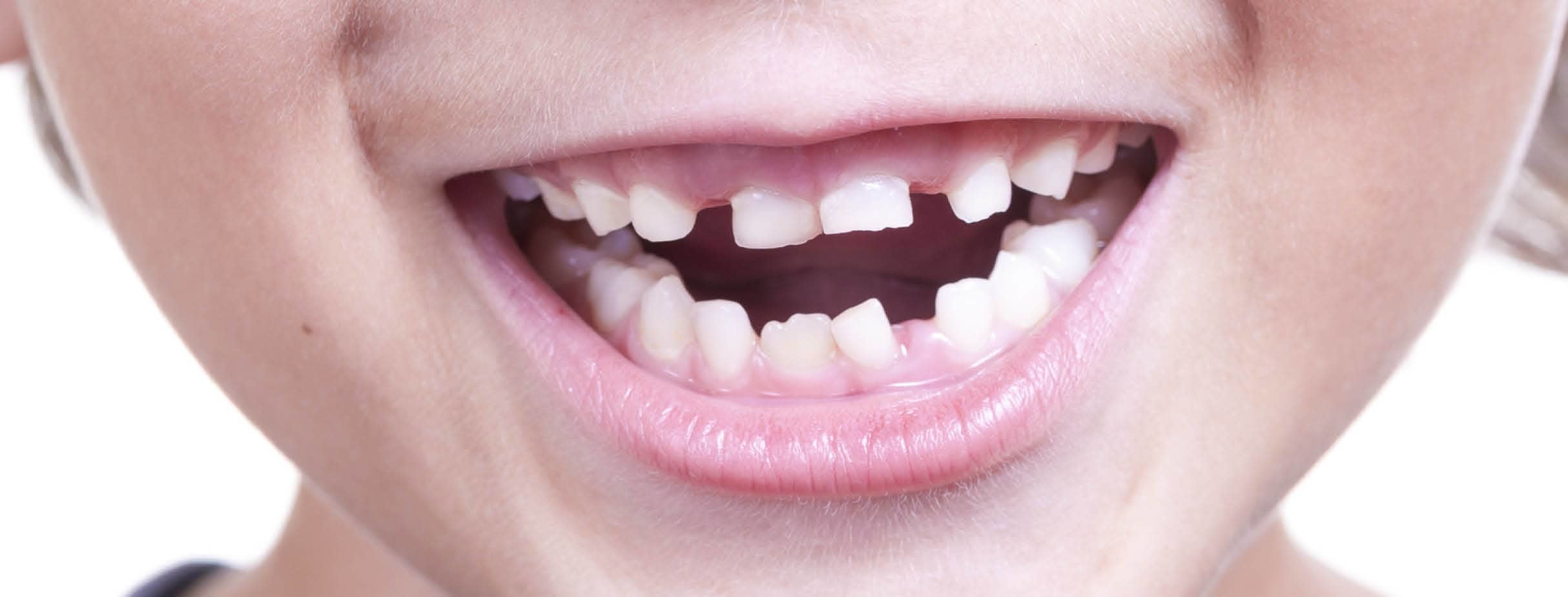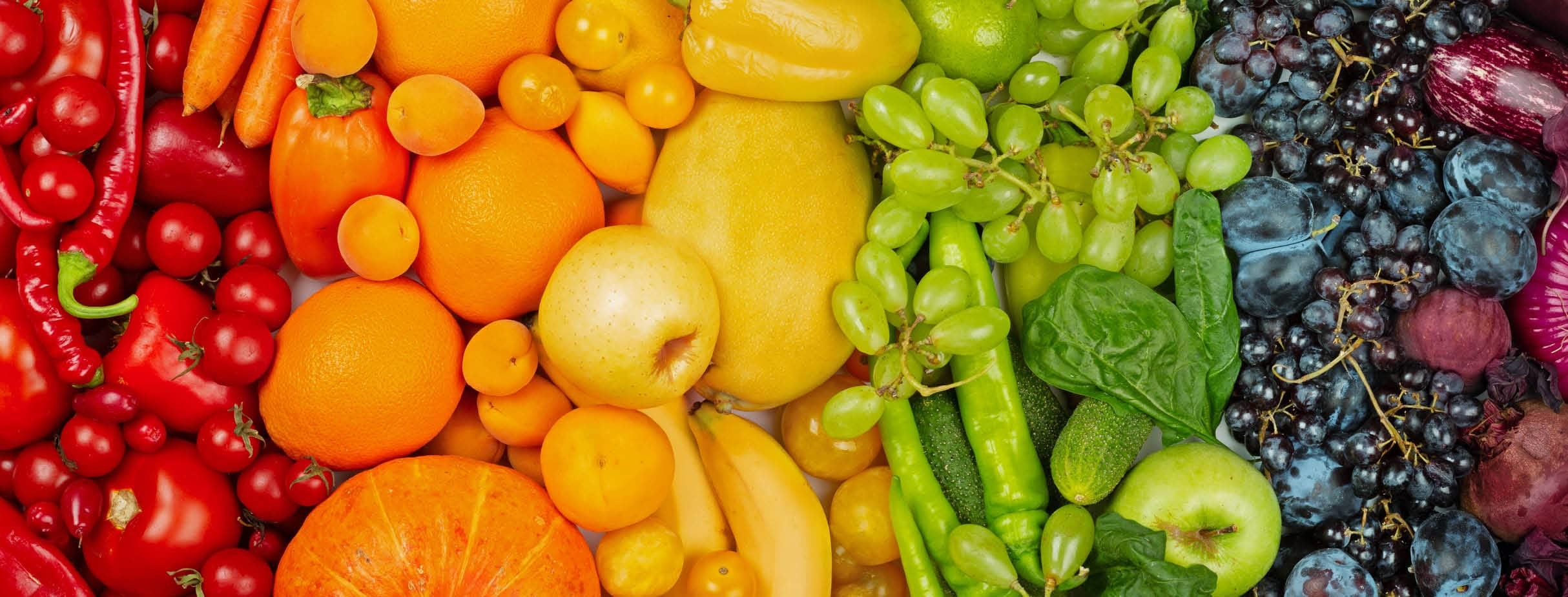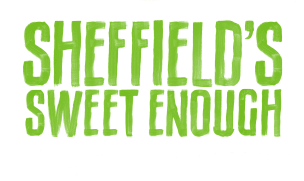The weaning process can be exciting and overwhelming at the same time. There are many suggestions out there and sometimes it’s a little confusing. Especially if this is your first time!
This is a big event for your child too. It’s a starting point to explore new flavours and textures moving away from mostly just milk.
There are lots of baby food products available, which are affordable, easy and convenient. But how can you tell if they are good for your baby?
Babies naturally love sweet food
As human beings we tend to like sweet flavours more than other tastes from birth(1). It’s thought that this harks back to the time when our ancestors were hunters and gatherers, needing as much energy as possible to adapt to the harsh environment(2).
Times have changed, but we still have this innate preference for sweeter foods. This is tricky when it comes to babies as if you simply follow their mood and introduce the same type of food it can lead to fussy eating habits and health problems later.
For 5- to 9-year-olds, tooth extraction is the most common reason for hospital admissions. With some children being just one year-old having teeth removed.

Commercial baby food isn’t always healthy
Although people are prone to believe that commercial baby food, such as fruit and vegetable-based purées, are appropriate for infants to start their palate training journey, they often have high concentrations of free sugars (added sugars) associated with tooth decay.
In fact, a report by the British Dental Association (BDA) revealed shocking results about many popular brands of infant food including Ella’s kitchen and Annabel Karmel.
More than a quarter of pouches investigated contain more sugar per 100g than Coca-Cola. Some even provide up to 5 times the amount by volume!
All products that were found to be high in sugar focus on their “organic” status and promote “high in fibre” or “1 of your 5 a day” instead.
The NHS recommends that babies do not need sugar added to any food (apart from naturally occurring sugar). Adding processed fruits and vegetables into such products may also encourage over-consumption, as the energy density and physical structure of foods is modified, impacting on a baby’s ability to feel full and their energy intake, which is outlined in the report by First Steps Nutrition Trust.

How can we help babies eat less sugar?
Here’s some general advice to help you support your baby’s health. This is age dependent, so please consult your little one’s dietitian or health care team for more tailored suggestions.
- Consider feeding fresh, fibre-containing fruits (e.g., bananas, figs, strawberries)
- Keep in mind, some drinks often have unnecessary added sugar. Your little one only needs water or unsweetened milk at this point.
- Eat the rainbow! Offer your baby a variety of foods in all the different colours.

- Offer sugar alternatives. If your little one really craves sweets, consider apple sauce, sweet potatoes or dates.
- Vary the textures of foods depending on your baby's ability to eat.
- Clinical Academic Paediatric Dietician, Dr Louise Marino (RD, PhD), has some great recipe ideas for babies in her book.
Of course, it’s not always possible to buy and cook fresh ingredients so just do your best.
Even using a mix of store-bought and homemade weaning food is a step in the right direction. Let your baby get exposed to lots of different flavours, tastes and textures little by little.
It’s not about the amount they eat, but rather that learning process to feel confident eating different food and feeding themselves.
You’ll find some quick and easy weaning recipe videos on our YouTube channel.
For more information about weaning and when to start, please visit the NHS webpage on your baby's first solid foods.
